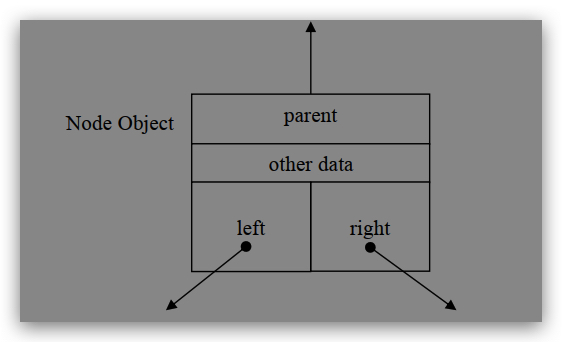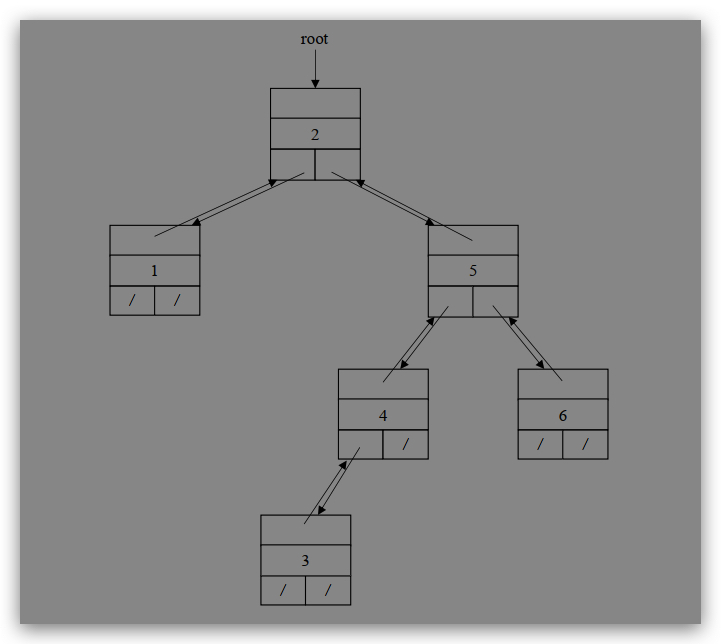这是一个美国的C++数据结构和算法代写
Introduction to Data Structures and Algorithms
In this project we will create a program that is very similar in operation to pa1, this time in C++. The main
program will be called Order.c, and will use a Dictionary ADT based on a Binary Search Tree.
The Dictionary ADT
The Dictionary ADT maintains a set of pairs whose members are called key and value, respectively. A state
of this ADT is a set (possibly empty) of such pairs. The file Dictionary.h is posted in /Examples/pa7 and
contains the following typedefs for key and value.
typedef std::string keyType;
typedef int valType;
Think of the key as being some kind of identifying information, such as an account number, and the value
as being data associated with that account. The Dictionary ADT will enforce the constraint that all keys
are unique, while values may occur multiple times.
The main Dictionary operations are
getValue(𝑘): Return a reference to the value corresponding to key k. Pre: such a pair exists.
setValue(𝑘, 𝑣): If a pair with key k exists, overwrite its value with v, otherwise insert the pair (𝑘, 𝑣).
remove(𝑘): Delete the pair with key k. Pre: such a pair exists.
The Dictionary will also support a built-in iterator called current, that allows the client to stem through the
keys in alphabetical order, somewhat like cursor in the various incarnations of our List ADT. Other
operations, including some suggested helper functions, along with their descriptions are included in
Dictionary.h.
Binary Search Trees
Before you begin this project, you should read Chapter 12 of our text (CLRS pp. 286-307.) Basically, a
BST is a generalization of a (doubly) linked list, in which each Node has two next pointers, called left child
and right child, respectively. The prev pointer in a linked list is replaced by parent.

In this project, the “other data” will consist of one (key, value) pair in our Dictionary. For purposes of this
simplified discussion though, “other data” will be a single integer which we call key.
A binary tree assembled out of these Node objects looks something like

Two more conditions, called the Binary Search Tree properties, are necessary for such a structure to be a
BST. If 𝑥 and 𝑦 are Nodes in a BST, then
(1) if 𝑦 is in the left subtree of 𝑥 (i.e. 𝑦 is a descendant of 𝑥’s left child), then key[𝑦] ≤ key[𝑥],
(2) if 𝑦 is in the right subtree of 𝑥 (i.e. 𝑦 is a descendant of 𝑥’s right child), then key[𝑥] ≤ key[𝑦].
Observe that the preceding example satisfies these properties, which make a number of sorting, searching
and query algorithms possible. Other algorithms perform insertions and deletions in such a way as to
maintain the BST properties. All of these algorithms will be discussed at length during lecture, and will be
implemented by you in this project, some as ADT operations and some as helper functions.
Program Operation
The top-level client in this project will be called Order.cpp. It will read in the lines of an input file, each
line being a (unique) single string, then insert these strings (as keys) into a Dictionary. The corresponding
values will be the line number in the input file where the string was read. Your program will write two
string representations of the Dictionary the output file. The first string will consist of pairs of the form
“key : value\n”